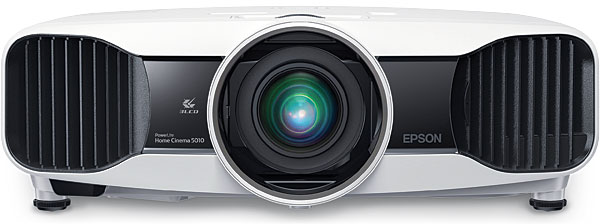Hi, I have been waiting for the review of this projector for a while and I must say I am a little disappointed. I just bought the Epson 5010, and was looking forward to checking out your settings like you normally post on every projector review. But not this one. Is there a specific reason? Because I would very much like to see it.
Thank you.
 Last March, I reviewed Epson’s PowerLite Pro Cinema 9700
UB and gave it our Top Pick rating for midrange projectors.
I was impressed with its black levels, detail, and overall performance. This year, I wasn’t quite so lucky. The 5010e didn’t seem to provide the same performance as its predecessor and suffered from issues I’ve
seen with LCD projectors before, but not with last year’s Epson PowerLite.
Last March, I reviewed Epson’s PowerLite Pro Cinema 9700
UB and gave it our Top Pick rating for midrange projectors.
I was impressed with its black levels, detail, and overall performance. This year, I wasn’t quite so lucky. The 5010e didn’t seem to provide the same performance as its predecessor and suffered from issues I’ve
seen with LCD projectors before, but not with last year’s Epson PowerLite.







































































